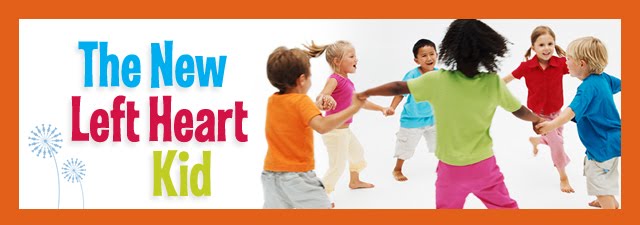October is National Sudden Cardiac Arrest Awareness Month. Project ADAM (Automated Defibrillators in Adam’s Memory) announced this month that 62 lives have been saved since the program was founded in 1999.
Project ADAM is a Children’s Hospital of Wisconsin program that helps schools throughout the nation prepare for and respond to cardiac emergencies. The program was created in honor of Adam Lemel, a 17-year-old Whitefish Bay, Wis., high school student who collapsed and died while playing basketball. Project ADAM has chapters in Alabama, Illinois, Florida, Georgia,Pennsylvania, Tennessee, Texas, and Washington.
Please read the complete story on the Children's Hospital of Wisconsin ProjectAdam Home Page.
Project ADAM is a Children’s Hospital of Wisconsin program that helps schools throughout the nation prepare for and respond to cardiac emergencies. The program was created in honor of Adam Lemel, a 17-year-old Whitefish Bay, Wis., high school student who collapsed and died while playing basketball. Project ADAM has chapters in Alabama, Illinois, Florida, Georgia,Pennsylvania, Tennessee, Texas, and Washington.
Please read the complete story on the Children's Hospital of Wisconsin ProjectAdam Home Page.
